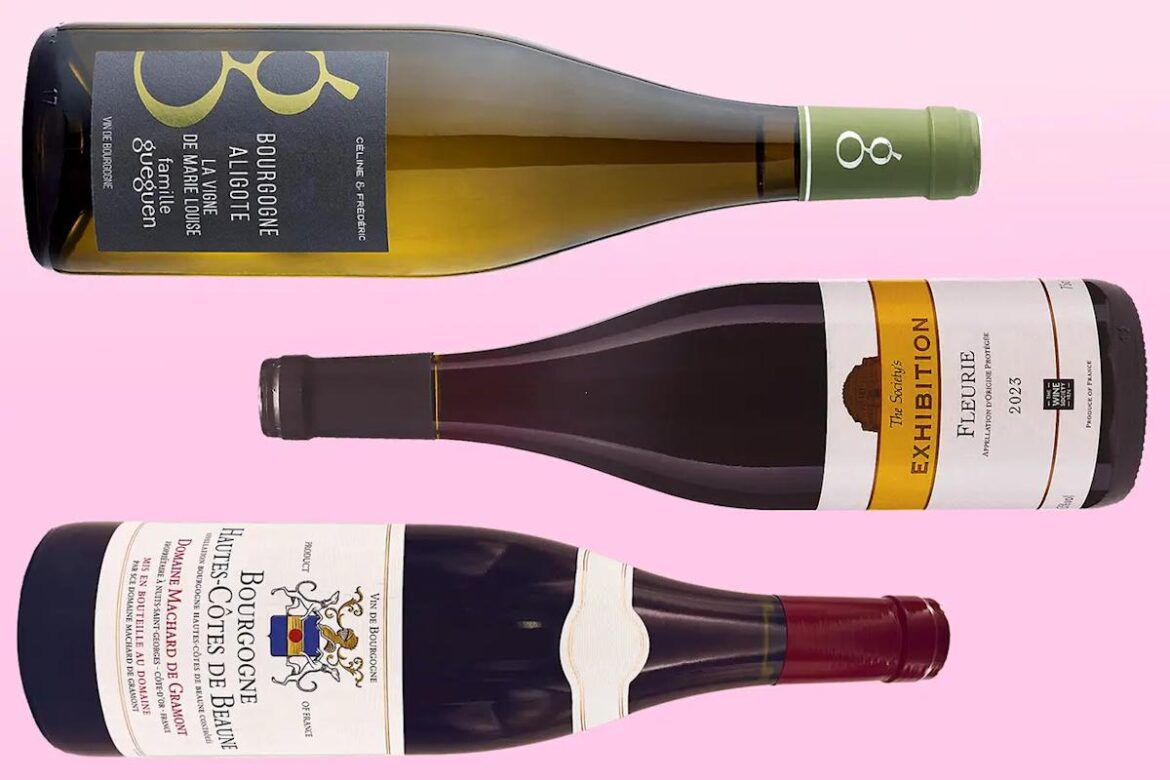Domaine Machard de Gramont, Bourgogne Hautes-Côtes de Beaune, Burgundy, France 2023£24.50, House of Townend
To English ears, the French word for heatwave, canicule, sounds as if it should refer to something cutely innocuous: an ingenious Breton wickerwork basket, say, or an arcane piece of cycling terminology. And perhaps there was a time, back in the innocent days before climate change became impossible to ignore, when the conotations were, if not cute, then certainly positive – a time when all spells of warm, sunny weather were simply, uncomplicatedly “beau”. These days, however, whenever I come across “canicule” in my daily scan of French wine news it brings an altogether more sinister feeling. Successive heatwaves, such as the stretch of 40°C+ days in late June/early July, are changing the face of wine in the country, forcing producers into all kinds of difficult decisions to maintain style and quality, or even to survive in the business at all. In Burgundy, for example, vignerons are increasingly looking to the previously unfashionable, higher, cooler vineyards of the “Hautes-Côtes” to preserve the elegance and freshness of their pinot noir – both of which qualities are very much in evidence in Domaine Machard de Gramont’s delightful summery red.
Famille Gueguen La Vigne de Marie-Louise, Bourgogne Aligoté, Burgundy, France 2023£16.99, or £14.99 as part of a mixed case of six bottles, Majestic
Another reputational reinvention brought about by climate change in Burgundy concerns its previously much-derided second white grape variety. In a land where chardonnay is the undisputed king, aligoté has always been the poor country cousin, its wines considered thinly acidic while the region’s best chardonnays combined the incisive and the racy with the seductively fleshy and rich. As vintages have grown ever hotter, however, growers have sometimes struggled to keep their chardonnays fresh and vital: a heavily canicule-ed Burgundy chardonnay might offer loads in the way of attractively sun-ripened fruit, but it lacks the high-definition clarity and the electrical charge that makes these wines arguably the world’s greatest dry whites (with prices to match). In a warm, sunny “solaire” vintage such as 2023, Aligoté, by contrast, benefits from gaining a little more in the way of ripe fruit but retains its mouthwatering, fish dish-friendly character as in Famille Gueguen’s example, with its citrus fruit-gum tang and subtle nectarine juiciness.
The Society’s Exhibition Fleurie, Beaujolais, France 2023 £12.50, The Wine Society
Speaking to the more pessimistic winemakers in eastern France, you often get the sense that climate change will cause a kind of south-to-north domino effect on the region’s traditional grape varieties. The idea is that as Burgundy becomes too hot for pinot noir to work properly it will be replaced by the gamay grown just to the south in Beaujolais, while syrah, from the next stop down in the Northern Rhône, will replace gamay and sun-loving grenache, from the Mediterranean south, will replace syrah etc. I doubt it will be quite as straightforward as that, and conscientious, hardworking growers do seem to have been able to mitigate some of the worst effects by, among other things, using better-adapted clones of varieties, relying more on north-facing vineyards, picking earlier and playing with the amount of shade-giving canopy during the growing season. And for the time being it’s certainly still possible to find gamay wines of gorgeous balance in Beaujolais, wines such as the flow of pure, best-served-chilled, raspberry juiciness that is The Society’s Exhibition bottling from Fleurie.

